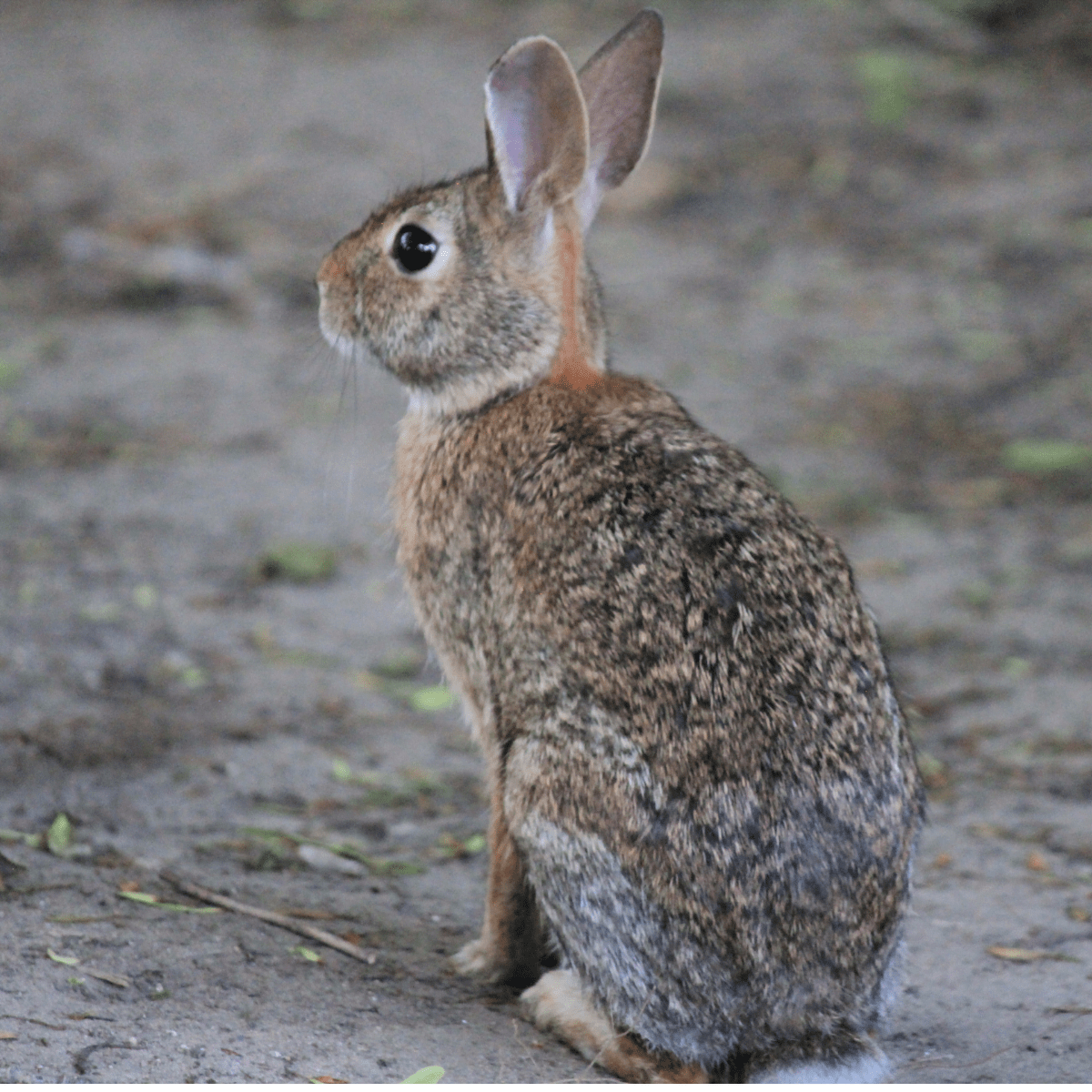Rabbit Hemorrhagic Disease in Borrego Springs: Understanding the Cause, Impact and Solutions
Share

This article will explore the causes, impact, and potential solutions for RHD in Borrego Springs, California.
What is RHD?
Rabbit Haemorrhagic Disease (RHD) was first detected in California in 2020. The California Department of Fish and Wildlife (CDFW) confirmed the presence of the disease in wild European rabbits (Oryctolagus cuniculus) in several counties in the state. RHD is caused by a virus and is highly contagious and often fatal. It is spread by direct contact with infected rabbits, their secretions, or contaminated objects such as clothing, feed, or equipment. The disease can also be spread by insects, birds, and other animals that come into contact with infected rabbits or their secretions. The CDFW has urged rabbit owners to take precautions to protect their rabbits from RHD and to report any suspected disease cases to the agency. They also advised people to not release domesticated rabbits into the wild as it can spread the disease and not feed wild rabbits.
The disease is caused by a calicivirus, which can affect both European and domestic rabbits and wild cottontail rabbits. RHD is highly contagious and can spread through direct contact with infected rabbits, their secretions, and excrement. It can also be spread through contaminated feed, water, and equipment.
Symptoms of RHD include fever, loss of appetite, and sudden death, often within 12 to 36 hours of showing symptoms. The virus causes blood clots in the rabbit’s blood vessels, leading to internal bleeding and organ failure. There is no treatment or cure for RHD, and death is usually inevitable once a rabbit is infected.
The disease can devastate wild rabbit populations, leading to a decline in numbers and changes in population structure. This can have a ripple effect on the ecosystem, as rabbits are a food source for predators, and their burrows provide shelter for other animals.
Source: California Department of Fish and Wildlife (CDFW) – Rabbit Hemorrhagic Disease (RHD) Confirmed in California ( https://www.wildlife.ca.gov/Conservation/Laboratories/Wildlife-Investigations/Disease/RHD )
This webpage is from California Department of Fish and Wildlife, which confirms the presence of RHD in California and also provides information on how to report suspected cases, and precautions to take to protect domestic rabbits. It is recommended to check with this agency or other local wildlife agencies for the most up-to-date information and guidance regarding RHD in California.
Solutions:
Currently, there is no treatment or cure for RHD, and death is usually inevitable once a rabbit is infected. However, some steps can be taken to reduce the risk of RHD in wild rabbit populations. One solution for the impact of rabbit hemorrhagic disease (RHD) on wild rabbit populations is to implement a vaccination program. This can be done by capturing wild rabbits and administering a vaccine to protect them from the virus. Another approach is to release vaccinated rabbits into the wild to help protect native populations. Additionally, research on the virus and its transmission can help inform management decisions, such as developing improved vaccines and better understanding of the epidemiology of the disease. It is important to note that RHD is a highly contagious and lethal disease that can spread rapidly among wild rabbit populations. Hence, it is crucial to act quickly and effectively to prevent further spread of the disease.
Here are a few sources that you can refer to for more information on RHD and its impact on wild rabbit populations:
- “Rabbit Hemorrhagic Disease Virus (RHDV) in Wild Rabbits: A Review of the Epidemiology, Control Measures, and Impacts” by J. M. Delibes-Mateos and J. P. Gafo, published in the journal Viruses.
- “Rabbit haemorrhagic disease: a review of the epidemiology and control strategies” by A. J. Williams, P. D. Strive, and C. J. C. Phillips, published in the Journal of the South African Veterinary Association.
- The World Organisation for Animal Health (OIE) website, which provides information and updates on RHD and other animal diseases.
- The United States Department of Agriculture (USDA) website, which also provides information on RHD and other animal diseases.
These are just a few sources that you can refer to for more information. It is always good to consult multiple sources to get a more comprehensive understanding of the topic.
Conclusion:
Rabbit Hemorrhagic Disease (RHD) is a highly contagious and deadly virus that affects domestic and wild rabbit populations. In recent years, RHD has been identified as a major cause of declining rabbit populations in California, and likely Borrego Springs, a desert community in Southern California. While there is no treatment or cure for RHD, steps can be taken to reduce the risk of the disease and slow its spread, such as reducing contact between wild and domestic rabbits, increasing awareness of RHD among rabbit owners, and encouraging good hygiene practices. By working together, we can help to preserve wild rabbit populations in Borrego Springs and protect the ecosystem that depends on them.
RHDV2 does not impact human health.





